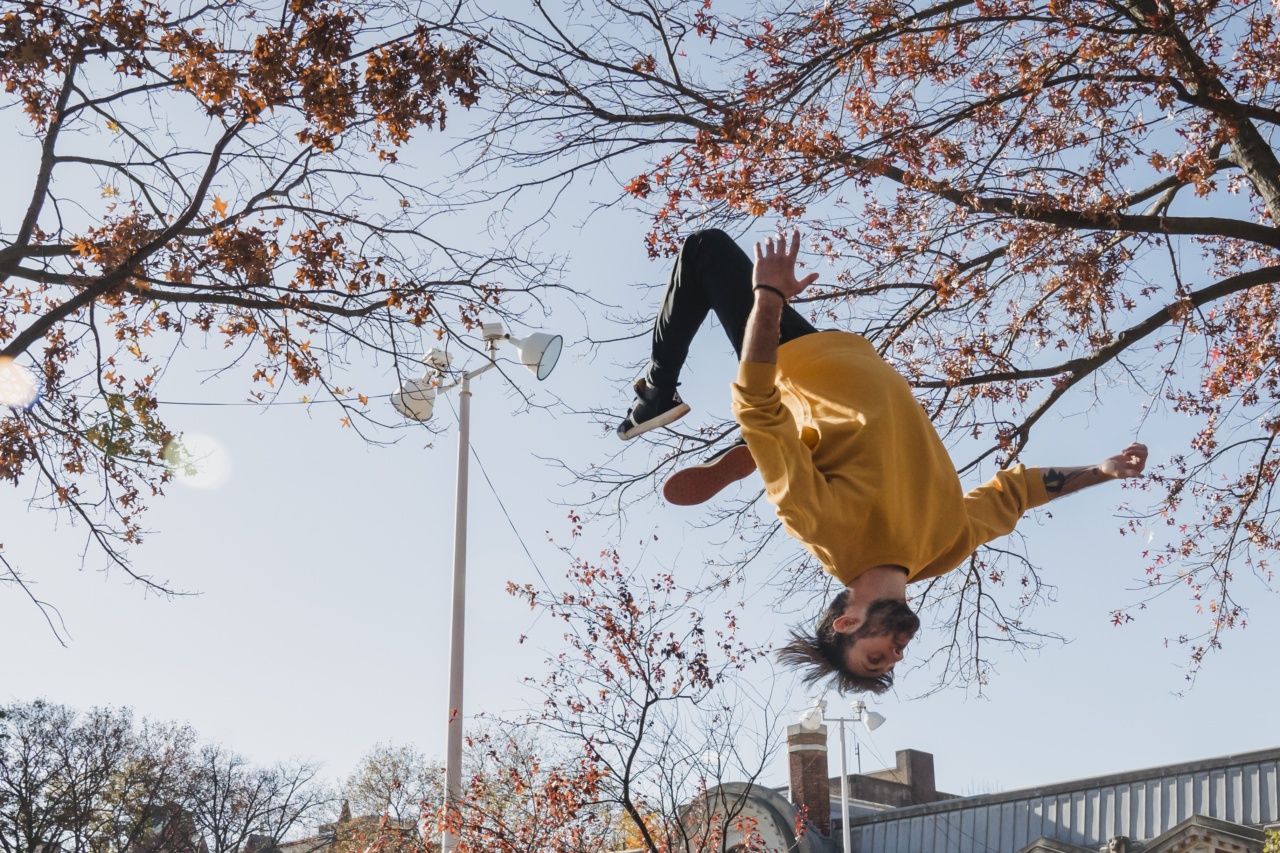Flip flops, the quintessential summer footwear, are a staple for many people. These simple and easy-to-wear sandals are the go-to choice for casual beach outings, pool days, or simply lounging around.
While flip flops offer convenience and comfort, they also come with their fair share of dangers that often go unnoticed. In this article, we uncover some flip flop dangers that you may not be aware of.
1. Lack of Arch Support
One of the most significant dangers associated with flip flops is their lack of arch support. Unlike other types of footwear that provide proper arch support, flip flops often have a flat footbed that offers minimal to no arch support.
This can lead to various foot problems such as plantar fasciitis, flat feet, and even foot pain.
2. Increased Risk of Trips and Falls
Due to their design, flip flops can be quite hazardous when it comes to walking. Their loose fit and flimsy structure make it easier for feet to slide around while walking.
Slipping or tripping on loose flip flops can significantly increase the risk of falls, especially on uneven surfaces.
3. Toe Injuries
Open-toed flip flops offer little protection for your toes, leaving them vulnerable to injuries. Accidentally stubbing your toe against a hard surface or having something heavy land on it can result in painful bruises, fractures, or even dislocations.
Additionally, flip flops offer no protection from falling objects, making your toes susceptible to potentially disastrous accidents.
4. Lack of Durability
Flip flops are known for their low-cost and disposable nature. While this may seem like an advantage in terms of affordability, it also means that flip flops tend to lack durability.
Cheaply made flip flops can break easily, leading to unexpected trips or falls. Moreover, the constant need to replace worn-out flip flops contributes to environmental issues, as they often end up in landfills.
5. Impact on Posture
Wearing flip flops alters your natural gait and can have a negative impact on your overall posture.
The lack of proper arch support and cushioning forces your feet and legs to compensate for the lack of stability, putting extra strain on your lower body. Over time, this can lead to discomfort, muscle imbalances, and even chronic pain.
6. Increased Risk of Bacterial Infections
Flip flops, particularly those worn in public areas like pools or locker rooms, expose your feet to a higher risk of bacterial infections.
These sandals do not provide sufficient coverage, allowing bacteria and fungi to easily make their way onto your skin. Common infections include athlete’s foot, plantar warts, and various fungal infections.
7. Lack of Ankle Support
Unlike closed-toe shoes or sandals, flip flops offer little to no ankle support. This can cause your ankles to roll more easily, increasing the risk of ankle sprains and strains.
The lack of stability in flip flops can lead to an imbalance while walking or navigating uneven surfaces.
8. Sunburns and UV Exposure
While flip flops primarily expose your feet, they also leave the top of your feet and toes vulnerable to sunburns. Many people forget to apply sunscreen to their feet, leading to painful sunburns and potential long-term skin damage.
Moreover, flip flops often have thin straps that can result in UV exposure and potential sunburns on the top of your feet.
9. Impact on Driving
Driving in flip flops may seem convenient, especially during the summer. However, it’s important to note that flip flops can interfere with your ability to operate pedals effectively.
The lack of grip and potential for sandals to get caught underneath pedals can lead to accidents or difficulty maintaining proper control of your vehicle.
10. Reduced Overall Foot Health
While flip flops may seem comfortable and easy to wear, prolonged use can negatively impact your overall foot health. From blisters and calluses to Achilles tendon issues and heel pain, flip flops can contribute to a wide range of foot problems.































